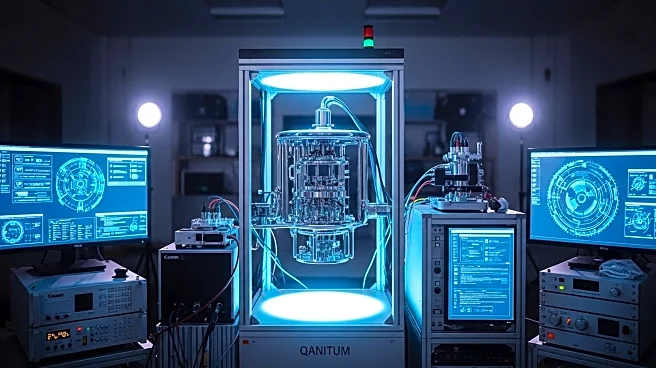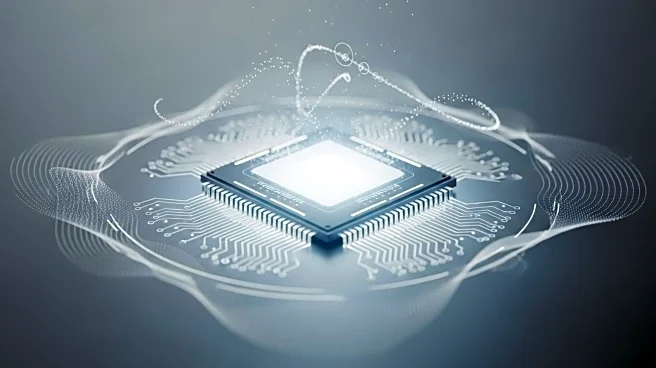Rapid Read • 9 min read
Researchers at the University of California, Los Angeles, led by Aydogan Ozcan, have developed a new AI image generator that uses light to produce images, significantly reducing energy consumption compared to conventional computing hardware. This system employs a laser beam to induce random fluctuations, allowing it to generate images with minimal power usage. Unlike traditional digital diffusion models that require numerous iterative steps, this light-based process achieves image generation in a single snapshot, eliminating the need for extensive computational power beyond the initial encoding. The system utilizes a digital encoder trained on publicly available image datasets, which imprints static into a laser beam using a spatial light modulator. The laser beam then passes through a decoding modulator, instantly producing the desired image. This innovation could potentially be adapted for use in data centers and wearable electronics, such as AI glasses, due to its low power requirements.
AD
The development of a light-based AI image generator represents a significant advancement in reducing the energy demands of AI technologies. Conventional AI image generators require substantial computing power, leading to high energy and water consumption for cooling. By drastically lowering energy usage, this new system could contribute to more sustainable AI practices, addressing environmental concerns associated with large-scale AI operations. The potential application in wearable electronics, such as AI glasses, highlights the versatility and practical value of this technology. As AI continues to expand across various industries, innovations like this could play a crucial role in minimizing the ecological footprint of AI systems, benefiting both the environment and the tech industry.
The next steps for this technology involve adapting the light-based AI image generator for broader applications, particularly in data centers where conventional image-generation tools are widely used. Researchers may focus on enhancing the system's capabilities to produce more complex and diverse images, expanding its utility beyond simple objects and artistic styles. Additionally, exploring integration into wearable electronics could open new avenues for consumer products, offering energy-efficient solutions for AI-powered devices. Stakeholders in the tech industry, including data center operators and electronics manufacturers, may express interest in this innovation, potentially leading to collaborations and further research to optimize its implementation.
This development raises important questions about the future of AI technology and its environmental impact. As AI systems become more prevalent, the need for sustainable solutions becomes increasingly critical. The light-based AI image generator exemplifies how innovative approaches can address these challenges, potentially setting a precedent for future AI advancements. Ethical considerations regarding energy consumption and resource allocation in AI development may gain prominence, encouraging researchers and companies to prioritize eco-friendly technologies. Long-term shifts in AI practices could emerge, emphasizing sustainability as a core component of technological progress.
AD
More Stories You Might Enjoy












